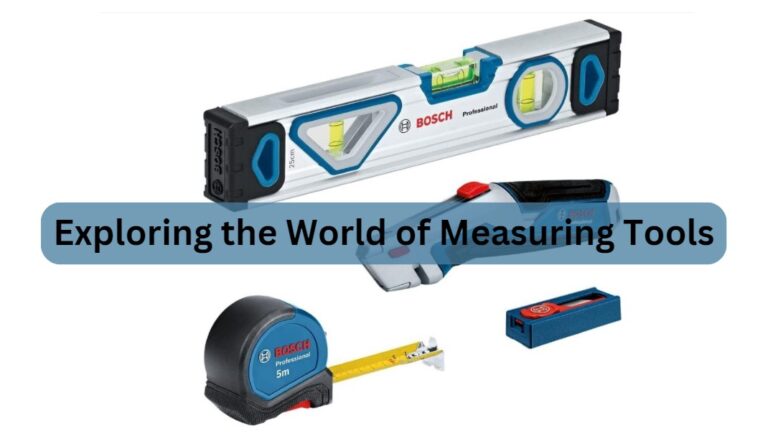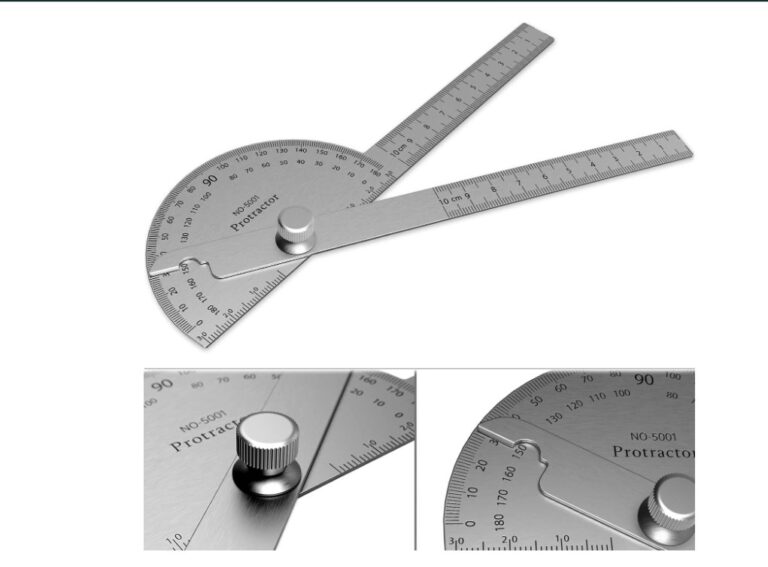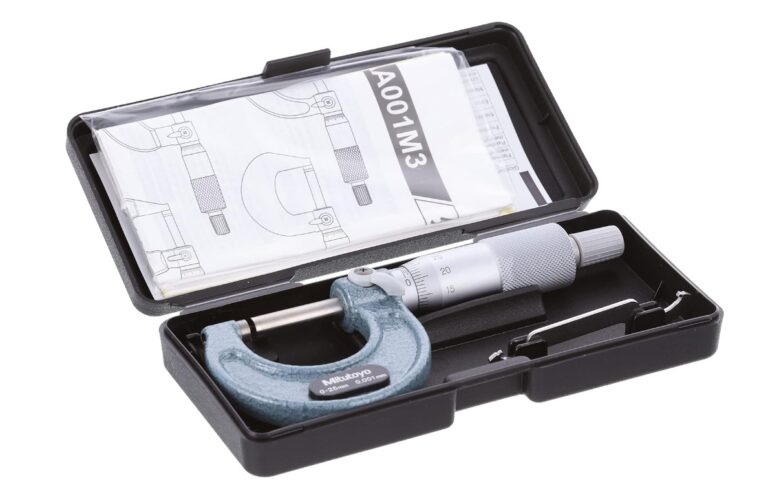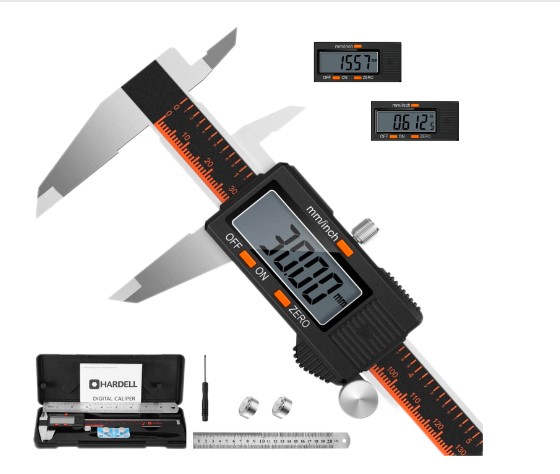Tape Measures: Unraveling the Tapestry of Precision

In the toolkit of any DIY enthusiast, carpenter, or tradesperson, the humble tape measure is a constant companion—a tool that transcends its simplicity to become an indispensable instrument of precision.
Whether measuring the dimensions of a room, determining the length of a piece of lumber, or ensuring that furniture fits seamlessly into a space, the tape measure plays a pivotal role in shaping our surroundings.
This exploration delves into the world of tape measures, examining their evolution, the art of using them effectively, addressing common questions through an enlightening FAQ section, and recognizing their enduring importance.
Tape Measures
Tape measures are flexible rulers enclosed within a housing, typically made of plastic or metal, that can be extended and retracted as needed.
The most common types are retractable tape measures, which are coiled inside a compact housing, making them portable and easy to use.
Tape measures come in a variety of lengths, ranging from small pocket-sized versions to longer tapes used in construction projects.
Components of a Tape Measure
- Tape: The flexible strip marked with measurements.
- Housing: The container that stores and protects the tape.
- Locking Mechanism: A feature to hold the tape in place once extended.
- Hook: The metal or plastic piece at the end of the tape that latches onto an object for accurate measurements.
Types of Tape Measures
- Standard Tape Measures: The most common type with measurements in both inches and centimeters.
- Metric Tape Measures: Specifically calibrated in metric units.
- Digital Tape Measures: Equipped with a digital display for precise readings.
- Specialized Tape Measures: Designed for unique purposes, such as those with magnetic hooks for measuring metal surfaces.
How to Use Tape Measures
While using a tape measure might seem straightforward, obtaining accurate and reliable measurements requires attention to detail.
Here’s a step-by-step guide on how to use tape measures effectively:
Starting Point
Begin by extending the tape measure to its full length. Ensure that the tape is straight and free from any kinks or bends that could affect measurements.
Hooking the Tape
For external measurements, place the hook at the end of the tape against one edge of the object being measured.
The hook should grip the edge securely. For internal measurements, use the hook’s edge to measure inside corners.
Tension
Keep the tape taut for accurate measurements. Pull the tape until it is snug against the object but not stretched. Excessive tension can lead to inaccurate readings.
Reading the Measurement
Look at the point on the tape where it meets the other edge of the object. The measurement is the number indicated on the tape at this point.
Be sure to check for any additional markings, such as fractions or metric units.
Recording
Note down the measurement, ensuring clarity and precision. If working on a project with multiple measurements, label each one to avoid confusion.
Locking Mechanism
Many tape measures come with a locking mechanism to secure the tape in place once the desired length is reached.
This is especially useful when working alone or when measuring extended distances.
Measuring Circumferences
For circular objects, wrap the tape around the circumference and read the measurement where the tape overlaps.
Some tape measures also provide a measurement on the reverse side for this purpose.
Using the Tape as a Straightedge
In addition to measuring length, a tape measure can serve as a straightedge for drawing straight lines.
Align the edge of the tape along the desired path and use it as a guide.
FAQs (Frequently Asked Questions)
1. Can I trust the accuracy of all tape measures?
While most tape measures are accurate, it’s essential to check and calibrate them periodically. High-quality tape measures are more likely to maintain accuracy over time.
2. How do I measure without the tape bending?
Extend the tape measure fully and use a support, like a small block, to keep the tape straight when measuring longer distances.
3. What should I do if the tape measure hook is loose?
Some tape measures allow for tightening the hook using a screwdriver. Check the manufacturer’s instructions for your specific tape measure.
4. Can I measure diagonals with a tape measure?
Yes, you can measure diagonals by placing the tape measure diagonally across the object and recording the measurement where it meets the opposite corner.
5. Are there tape measures suitable for one-handed use?
Yes, many tape measures come with a locking mechanism that allows for one-handed use. The tape can be extended and locked in place for convenience.
6. What are some safety considerations when using a tape measure?
Be cautious when extending the tape to avoid injury if it recoils quickly. Also, ensure that the tape is securely locked before taking measurements to prevent accidents.
7. Can I replace a damaged tape on my tape measure?
Some tape measures allow for tape replacement. Check with the manufacturer for instructions on replacing or repairing damaged tapes.
Conclusion
Tape measures, with their simplicity and versatility, are the unsung heroes in the world of measurements. From construction sites to DIY projects at home, these tools weave precision into the fabric of our daily lives.
The step-by-step guide elucidates the art of using tape measures effectively, emphasizing the importance of accuracy and attention to detail.
The FAQ section sheds light on common questions, offering insights into the nuances of tape measure usage.
In a world where precision is a cornerstone of quality, tape measures stand as reliable companions, shaping the way we measure, create, and build.
As we continue to innovate, the enduring relevance of tape measures reminds us that even the simplest tools can have a profound impact on the precision and success of our endeavors.





